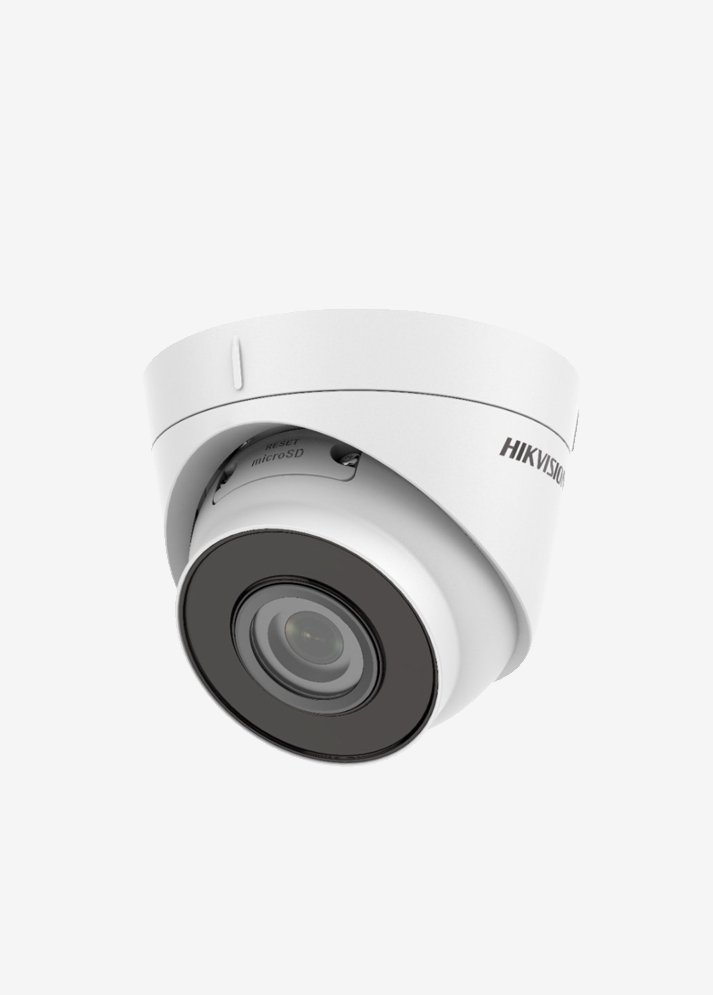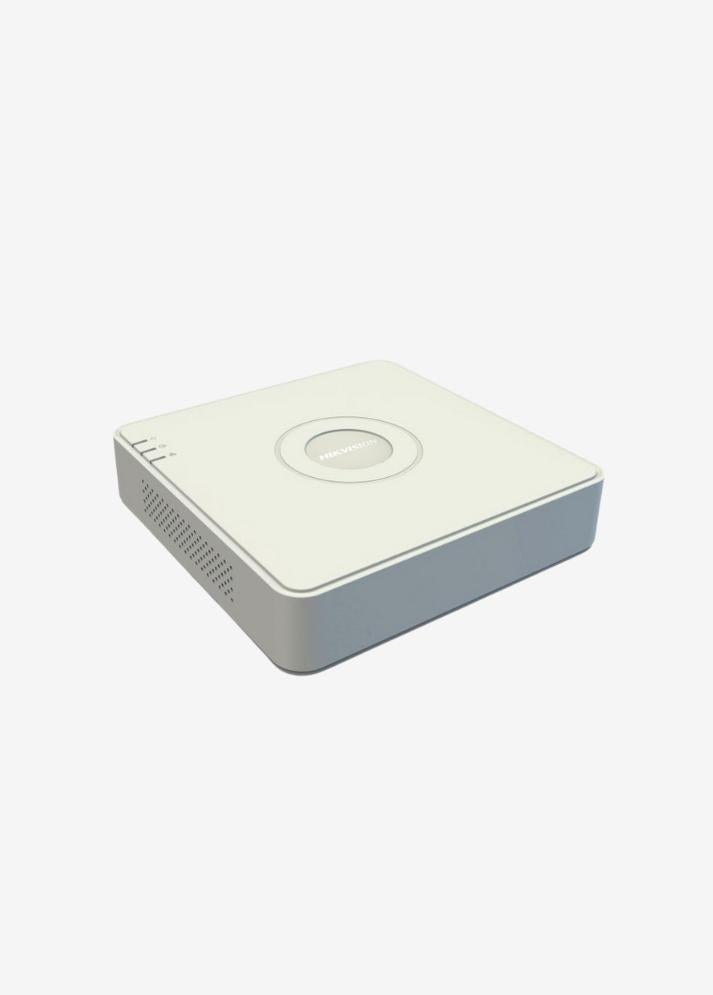Ethernet cables are a type of network cable used to transmit data between computers, modems, routers, switches, and other network devices. These cables form the basis of wired internet connections, providing high-speed, secure, and stable communication between devices.
Basic Features
-
Cable Type: Generally consists of copper conductors.
-
Connector: A standard connector called RJ45 is used.
-
Transmission Type: Carries data via electrical signals.
-
Area of Use: Home networks, office networks, servers, security cameras, PoE devices, etc.
Ethernet Cable Types
Ethernet cables are divided into different categories based on speed, bandwidth, and shielding features:
| Category | Max. Speed | Bandwidth | Explanation |
|---|---|---|---|
| Cat5 | 100 Mbps | 100 MHz | It is now an old type and is used for low speeds. |
| Cat5e | 1 Gbps | 100 MHz | It is the “Enhanced” version, common in homes and small offices. |
| Cat6 | 10 Gbps (up to 55m) | 250 MHz | Provides higher speed and interference protection. |
| Cat6a | 10 Gbps | 500 MHz | It is an advanced version of Cat6, offering performance over longer distances. |
| Cat7 | 10 Gbps | 600 MHz | It is less resistant to interference with extra shielding. |
| Cat8 | 25–40 Gbps | 2000 MHz | It is used in professional infrastructures such as data centers. |
Shielding Types
-
UTP (Unshielded Twisted Pair): Unshielded, common in home networks.
-
STP (Shielded Twisted Pair): Protected against interference.
-
FTP / SFTP: Provides higher electromagnetic protection with foil or braid shielding.
Where is it used?
-
To establish an internet connection between the modem and the computer
-
In Switch – IP camera – NVR systems (e.g. PoE systems)
-
In servers and data centers
-
In-office network infrastructures
Advantages
-
It offers a faster and more stable connection than wireless networks.
-
Latency (ping) is low.
-
It is less affected by electromagnetic interference.
-
With PoE (Power over Ethernet) support, both data and electrical power can be carried over the same cable.










